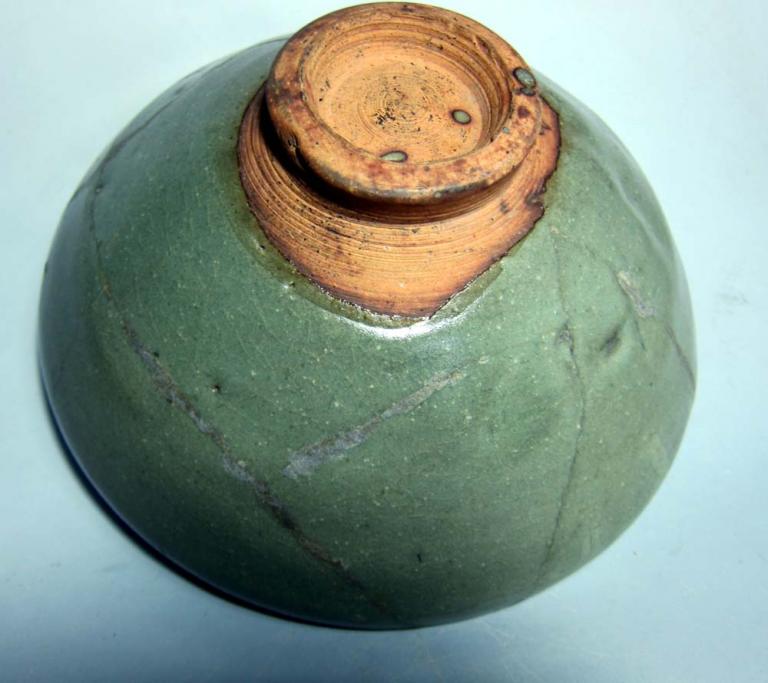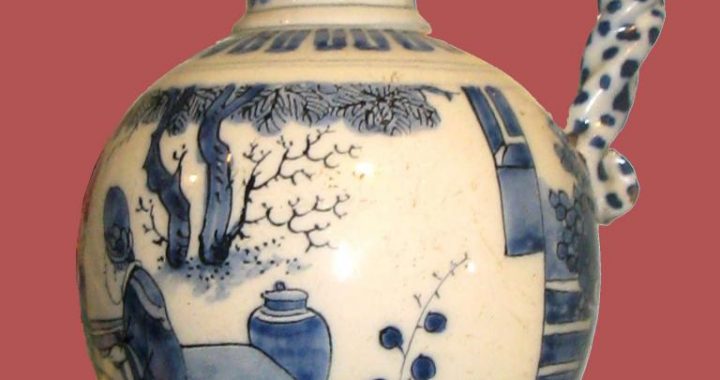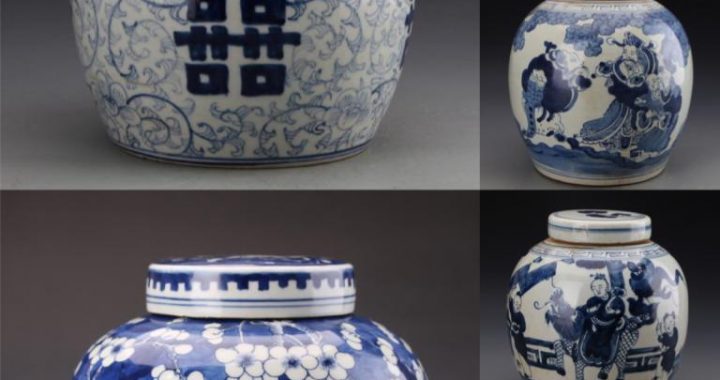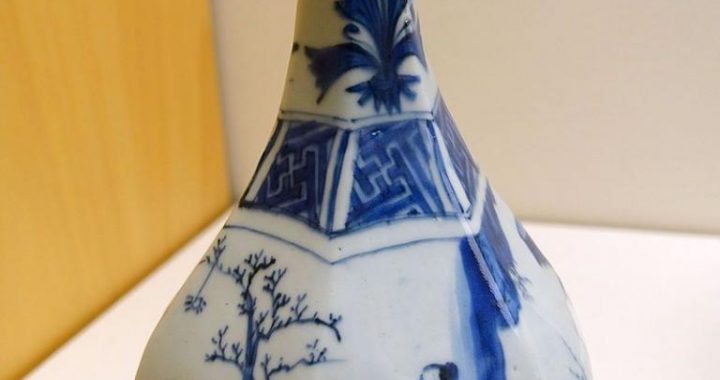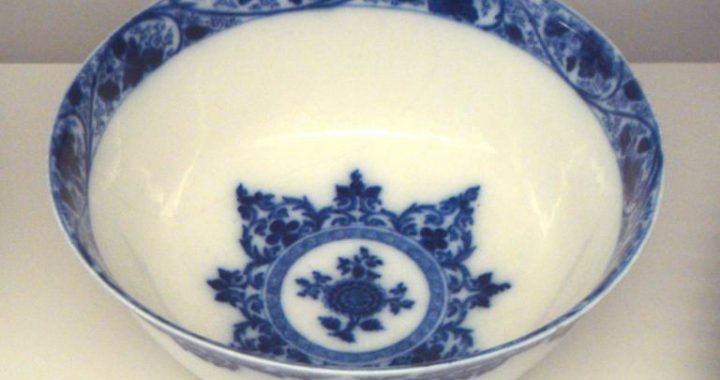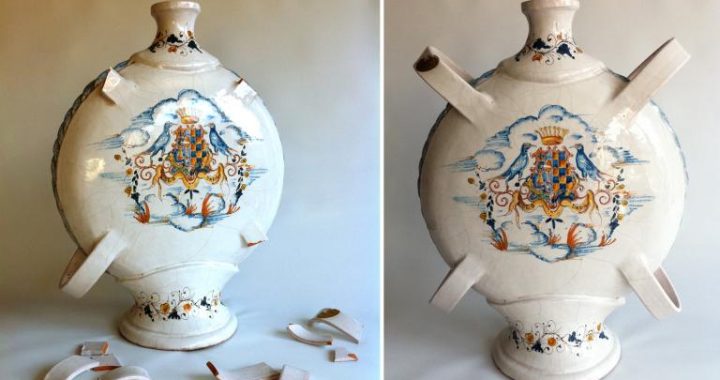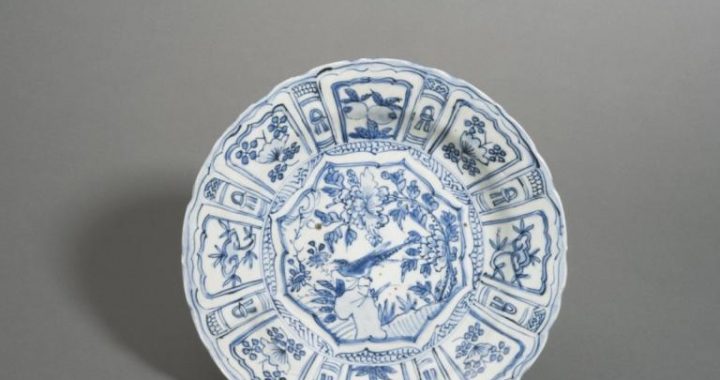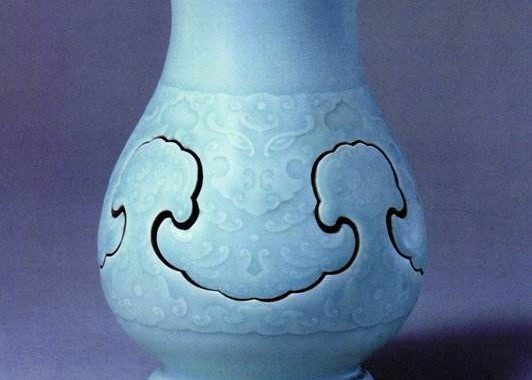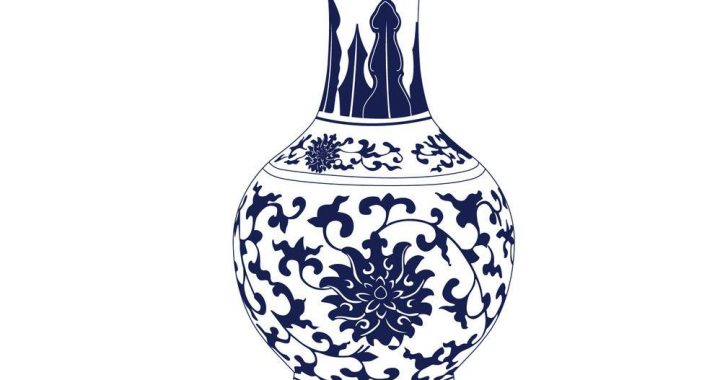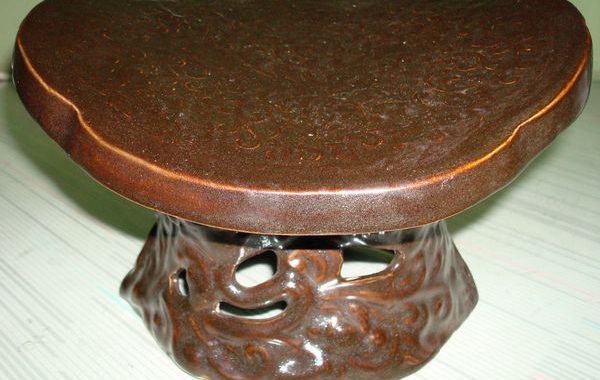Jun Kiln in Song Dynasty
2 min readThe wares of Jun kiln are the most colourful among products of the five famous kilns. Although considered as a type of celadon, they present a myriad of glazes such as sky blue, moon white, rose purple and lilac purple. It’s no brag to say that the variety of colours cannot be described with words.
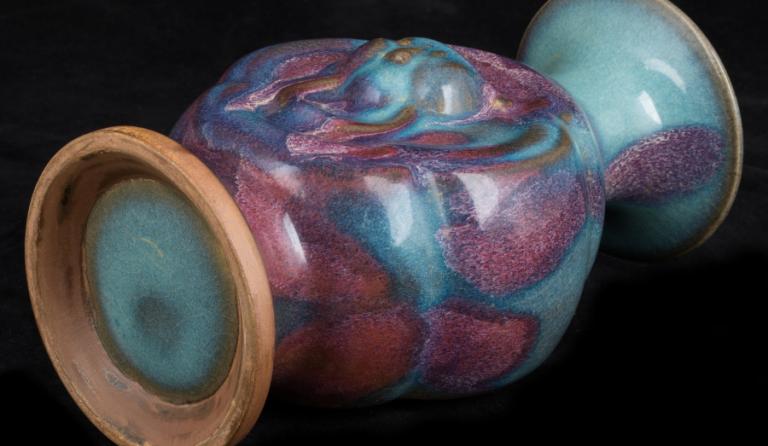
The site of Jun kiln is located at Yu county, Henan. Since Yu county was part of the administrative region Junzhou in the Song dynasty, the kiln here was named “Jun”. Its history of firing lasted from the Tang dynasty to the Yuan dynasty. The bright rosy colour of Jun porcelain products is unique and outstanding among Song celadon wares, and have been favored by porcelain collectors from the past to the present. As they extol,”a piece of Jun ware is more valuable than a household of wealth.”
Such kaleidoscopic glaze colours of Jun products resulted from furnace transmutation during the firing process with copper as the colouring agent, which turns red under high temperature. The furnace transmutation phenomenon only took place in the flaming kiln, and was hard to be controlled by manpower. The effect was usually dramatic and diversified colors would be produced from raw wares of the same colour, never with a single overlapping. No wonder someone says that “every single piece of Jun ware is unique in the world”.
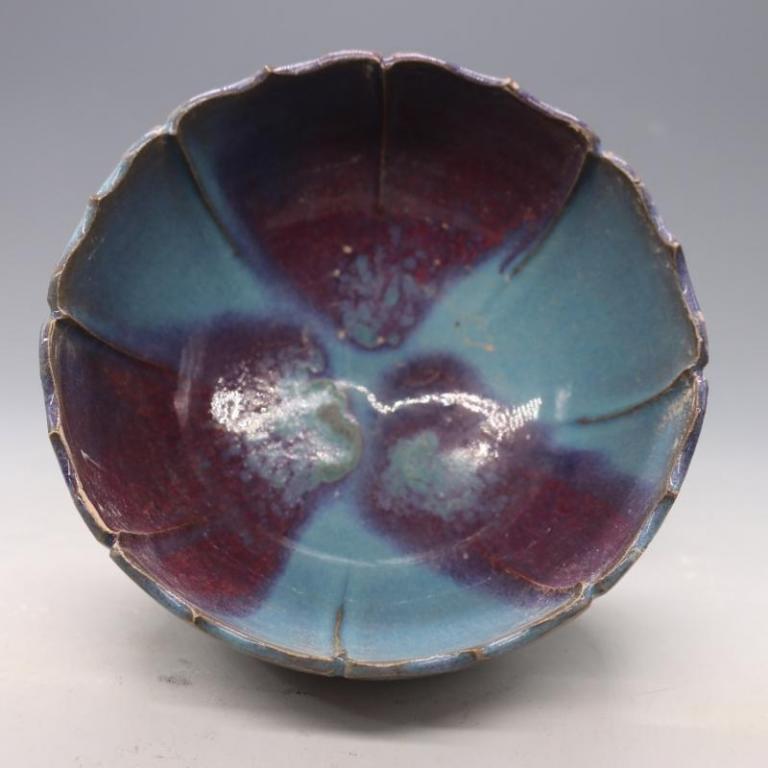
Besides rich colours, another distinctive character of Jun wares is their thick and opaque glaze, which covers up some defects of the paste. During the glazing process,a special texture was formed due to the uneven paste surfaceand the irregular flow of glaze. Such texture is similar to the trace left by an earthworm crawling across the silt, thus it is vividly called”earthworm crawling pattern”.
Jun wares generally fall into two categories: one was official Jun ware, which was fired for the government only, while the other was civilian Jun ware, which was for the common people. The bottom of official Jun ware is usually inscribed with numbers ranging from one to ten. Experts have been trying to find out the meaning of these numbers,but no result yet.
With their unique features and techniques, porcelain making of the five famous kilns represent the pinnacle of their respective field during the Song era. The creation of adiversity of glaze colours and varied styles, be it the green of Ru, Guan and Ge kilns, white of Ding kiln, or the polychrome of Jun kiln, was the crystallization of people’s wisdom, and reflected the elegant and reserved esthetic taste of the Song court. Meanwhile, the common taste among the ordinary people during this period was worldlier, as manifested by wares of Yaozhou kiln and Cizhou kiln among the eight kiln types of Song, which also contributed to the esthetic fashion of that time.
